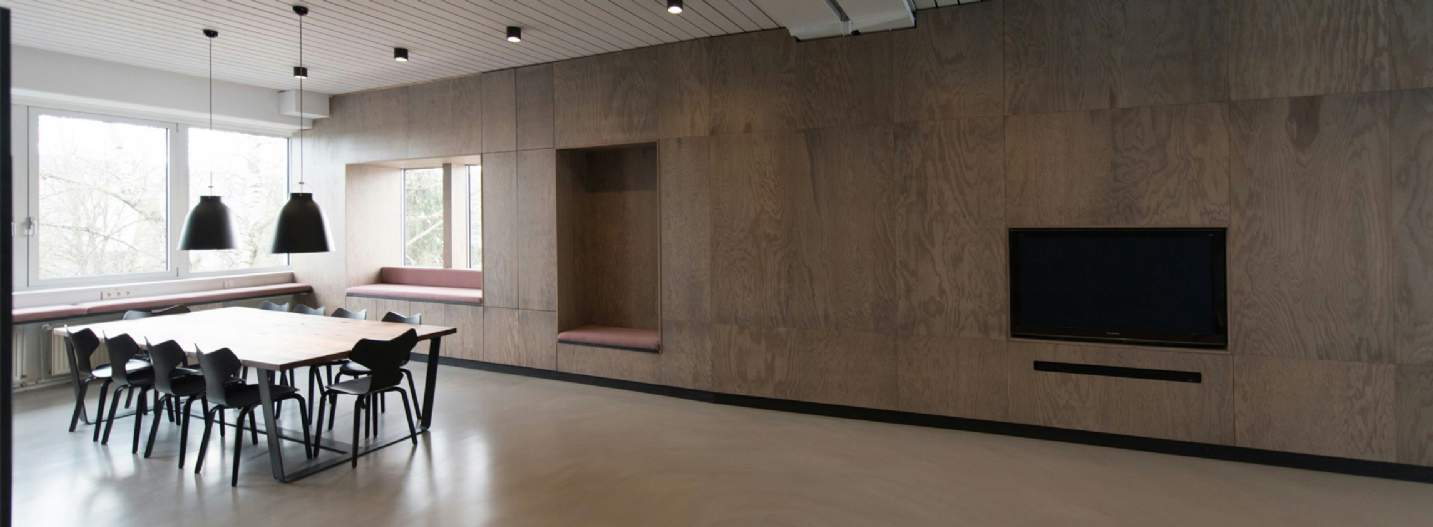Investor sentiment improving in the regional office market
Investment volumes across the regional office market were impacted by the weaker market sentiment in 2023, with turnover totalling £2.6 billion which was 64% below the five-year average. The limited transactional activity has been reflected in the outward yield movement the market has experienced. The average prime regional office yield has moved out by 25 basis points to currently stand at 7.00%. This is the highest level since July 2009.
The buyer pool has been limited, notably amongst institutional investors with this purchaser type accounting for 22% of investment in 2023. Activity from UK funds has been declining over the last five years, with portfolio weightings towards offices reducing. There are a scarce number of segregated mandate funds that are actively seeking prime best-in-class stock. A notable deal was CBRE Capital Advisors on behalf of Kensington and Chelsea Pension Fund acquiring 10 Bricket Road, St Albans for £23.3 million, reflecting a yield of 7.00%. It is expected that the lack of institutional investment activity will be replaced by overseas investors and new entrants to the market, with the occupational market offering strong rental growth prospects.
Investor sentiment is improving across the market with growing optimism on the economic outlook combined with an expectation of a fall in both interest and swap rates. This sentiment bodes well for an uptick in investment activity in the second half of the year.
Prime pricing recovers quickly after reaching the bottom
Prime regional and South East office yields currently stand at 7.00% and 7.50%, respectively, which is the highest level for both markets since July 2009 and June 2009. The correction in pricing can be mainly attributed to the rising finance costs, with occupational demand being relatively robust. Take-up across the Greater London & South East region and Big Six regional cities reached 2.7 million sq ft and 3.4 million sq ft, which was 5% and 14% below the previous year. Occupier sentiment is improving, which was notable in the Greater London & South East region, with the take-up recorded in H2 2023 being 95% above the total achieved in H1 2023.
Pricing has historically recovered quickly after the bottom has been reached. From July 2009 to December 2009, prime yields in both markets hardened by 125 basis points, demonstrating the pace of the price movement. There is a broad consensus that the base rate will fall in the second half of the year which will help stimulate investment activity and support yield hardening. The current prime yields do not reflect the rental growth prospects that the market currently offers.
The development pipeline is limited, with 800,000 sq ft of new space being speculative developed across the Big Six markets, and there are zero speculative developments set to complete in the Greater London & South East region after 2024. This combined with low levels of existing prime supply has helped facilitate significant rental growth. On average across the Big Six Regional City markets, prime rents have grown by 16% in the last three years. This trend has also been evident in the Greater London & South East region, Crawley, Maidenhead, and Watford all experienced over 20% prime headline rental growth in 2023. This trend should provide comfort to developers and funders considering speculative development across the regional office market and help support prime yield hardening across the market.
Permitted development rights were amended by the Government to allow all office buildings, regardless of size, to be converted to residential without full planning permission, in areas which are not covered by Article 4 directions. The recalibration of office demand arising from changing working practices can be partly mitigated by reducing stock levels.
The removal of the floorspace limit may stimulate the conversion of secondary office buildings to residential. This would see the supply levels across the region dwindle and alleviate the potential for a significant increase in vacancy rates as poor-quality secondary office space is returned to the market. It should be noted, however, that not all buildings will be suitable for conversion, and it can be expensive to undertake this process.
